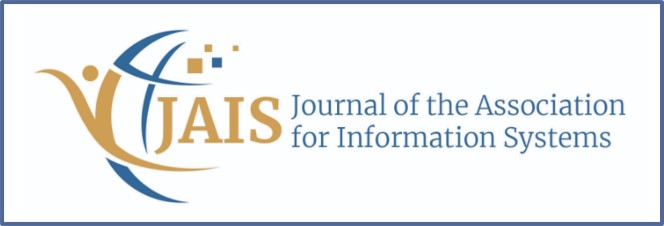
Abstract
Firms in the cloud-computing era are facing the critical issue of integrating on-premises software and cloud-based software services. To date, the software industry has designed two different types of integration methods—an enterprise service bus (ESB) and an integration platform as a service (iPaaS). However, there are conflicting views on when and how to use these different integration methods to fulfill integration needs. This study aims to resolve this confusion through economic modeling. By focusing on the indirect network effect and following a two-product bundling framework, we establish a stylized model to investigate optimal pricing and bundling decisions and the best integration choice. Our findings contradict common perceptions that an iPaaS is the better choice for integration and show that firms can derive higher value by adopting ESB to integrate on-premises software and cloud-based software services. Conceptually, given that the overall network value received from a cloud-based software service is higher, the use of ESB can contribute toward significantly improving the total value of the two software applications. We also find that unbundling is the best marketing strategy for firms because software integration can improve the valuation of individual software. Our findings have important implications for software vendors. They suggest that vendors can leverage a higher network value from the software service by integrating it with on-premises software applications through ESB rather than iPaaS and eventually realize higher profits by extracting more value from consumers. Since integration increases the value of individual products, vendors should sell them separately instead of offering them as a bundle.
Recommended Citation
Zhang, Xiong and Yue, Wei T.
(2020)
"Integration of On-Premises and Cloud-Based Software: The Product Bundling Perspective,"
Journal of the Association for Information Systems, 21(6), .
DOI: 10.17705/1jais.00645
Available at:
https://aisel.aisnet.org/jais/vol21/iss6/6
DOI
10.17705/1jais.00645
When commenting on articles, please be friendly, welcoming, respectful and abide by the AIS eLibrary Discussion Thread Code of Conduct posted here.

